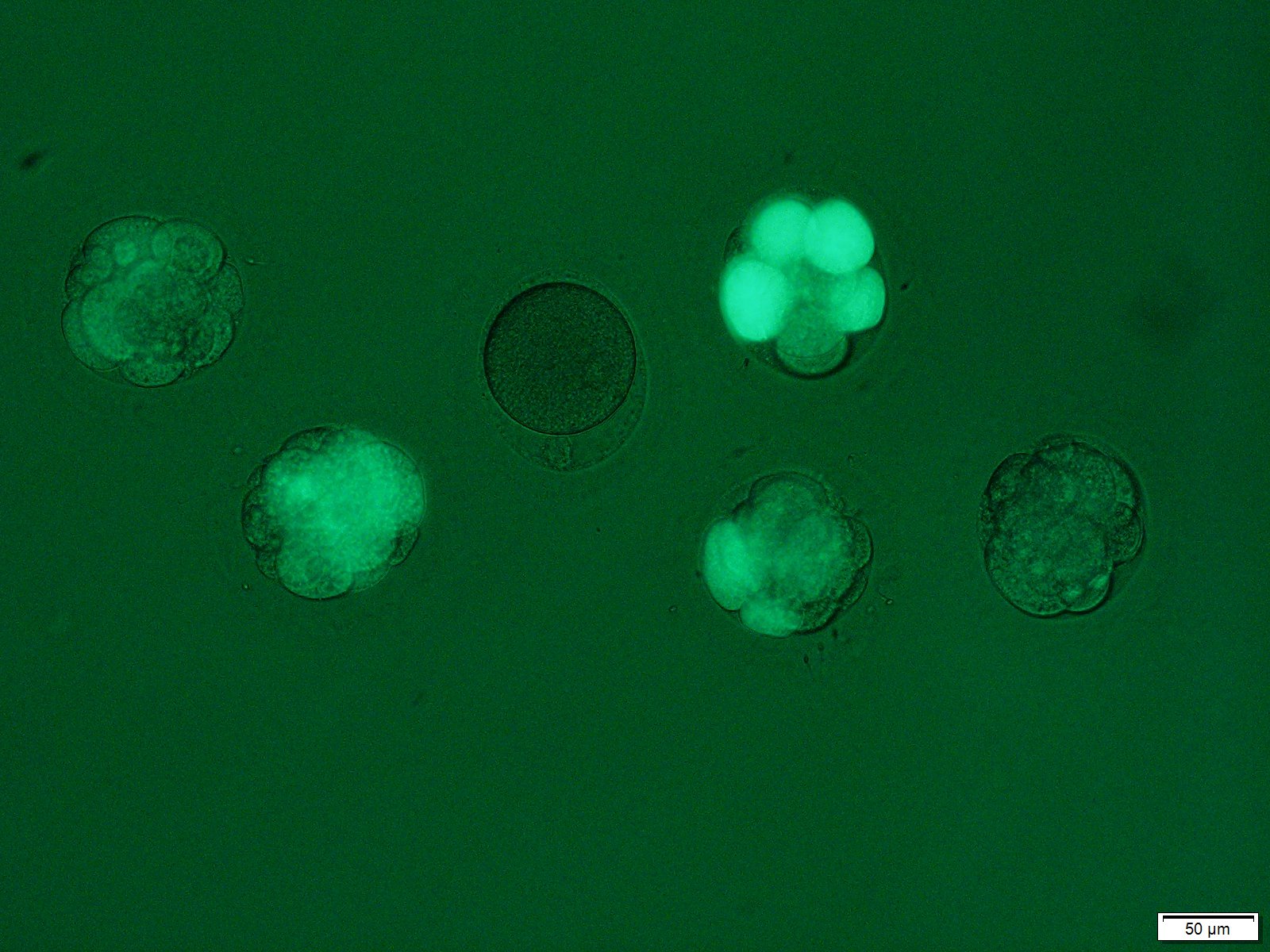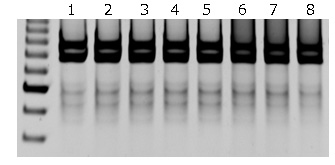Nowadays, there is an increased need for the Tg marmoset, a nonhuman primate, as a laboratory animal for the human disease model. We are a specialized team to perform the generation of genetically modified marmosets that enable approaching various diseases using genetic modification technology. Using the technology of generating genetically modified marmosets that originated in Japan, we are supporting research in medical science, drug discovery, and basic studies.
In the generation of genetically modified marmosets, comprensive tequniques of development of reproductive engineering and developmental engineering technologies, gestation monitoring, delivery, neonatal care, and rearing is necessary. Based on the principle of the 3Rs, our techniques are developing to obtain genetically modified marmosets by minimally invasive and more efficient.
We comprehensively manage the full range of techniques, including the gestation, delivery, neonatal care, and rearing of marmosets to generation of genetically modified marmosets. In addition to consigned generation of genetically modified marmosets, support for the following researches related to reproductive engineering and developmental engineering are being offered. Please feel free to contact us.
【Activities】


Embryos with efficient genetic modification and low mosaic rate can be expected to be genetically modified individuals.

→Cel-1 assay conducted for mosaic rate test of embryos


PAGE TOP